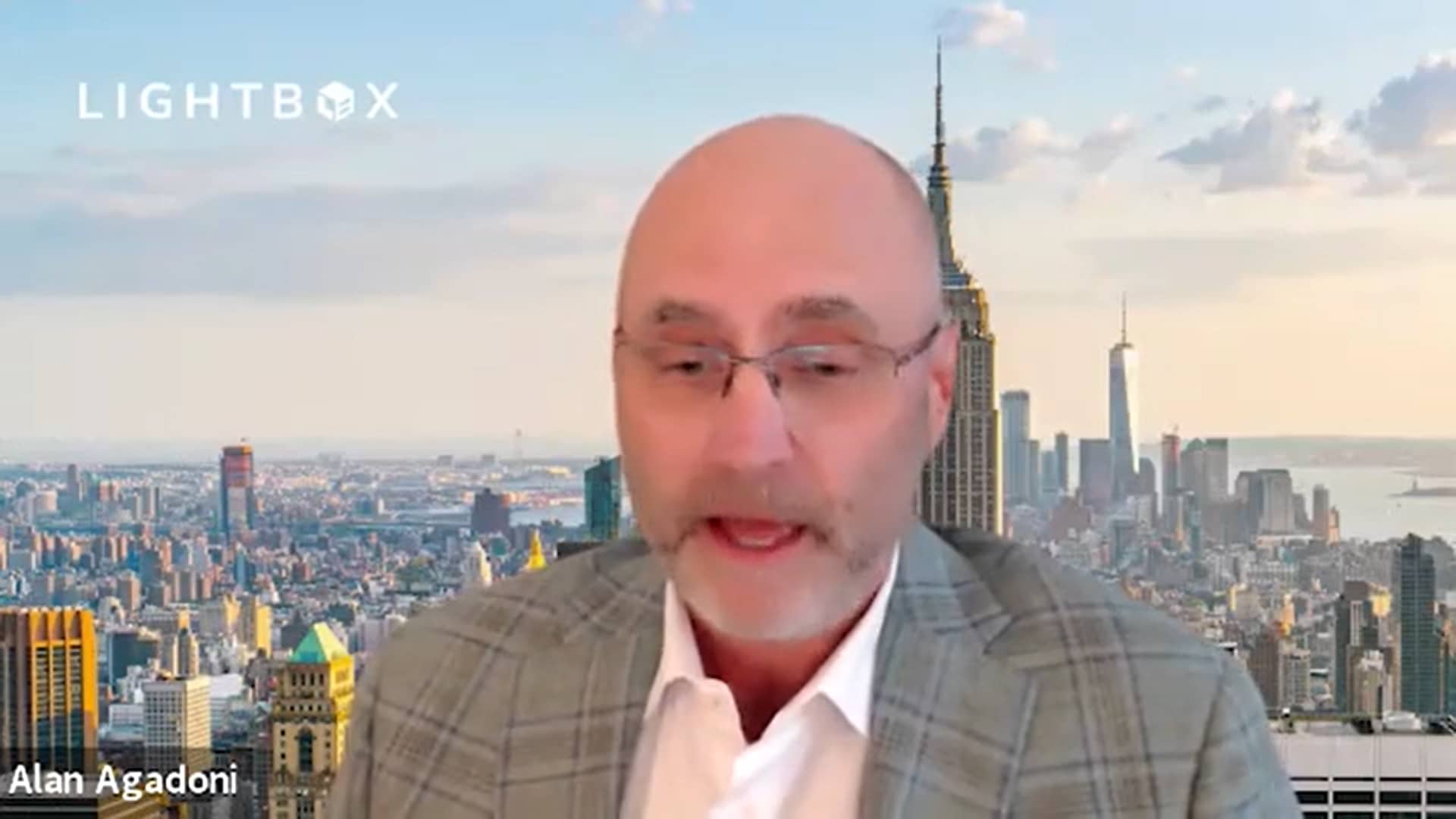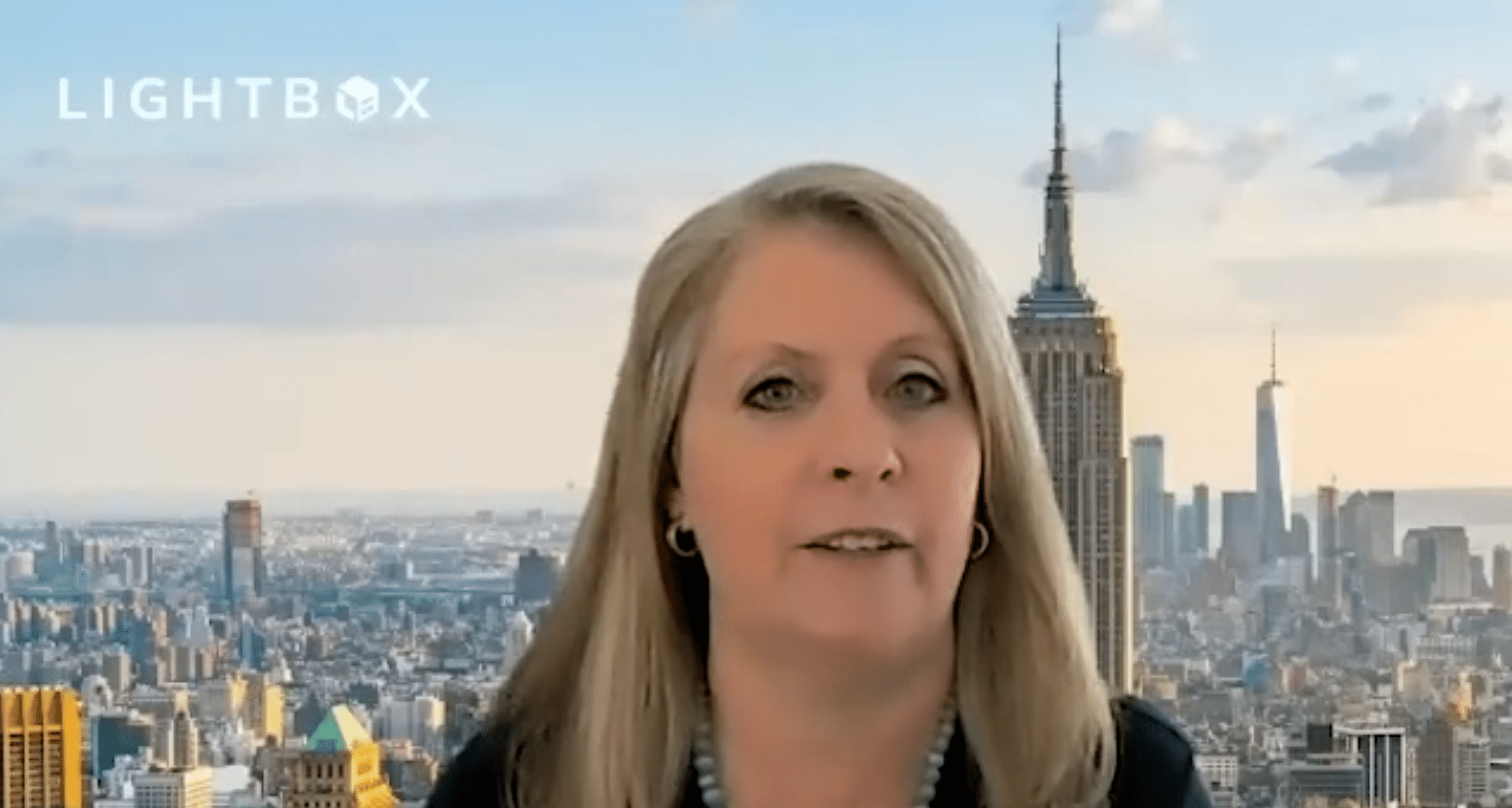
E1527-21: Risk of late adoption
In this episode of LightBox Connects, Dianne Crocker, Principal Analyst and Alan Agadoni, General Manager of LightBox talk…
LIGHTBOX CONNECTS
Victor DeTroy (REPA)
National Practice Leader, Due Diligence Solutions,
AEI Consultants
In this episode of LightBox Connects, Victor DeTroy, National Practice Leader for AEI Consultants, discusses if, when and how you might...
We’ve also discussed with expert EPs and attorneys their experiences using this data while scoping PFAS for ESAs and phase two investigations. So today, I’m pleased to be chatting with Victor DeTroy. Victor has worked in the environmental consulting industry for 15 years. He currently serves as a national practice leader for AEI Consultants, where he’s responsible for technical leadership of their national due diligence team, including the evaluation of potential PFAS impacts. Welcome, Victor, and thanks for chatting with me today.
Victor: Hey, Alan, how are you doing? Thanks for having me.
Alan: Great, thanks. So as a due diligence practitioner for a national firm doing thousands of site assessments a year, what are your views on including PFAS in the scope of ESAs at this point? Is it every project or is it limited to certain clients or property types?
Victor: So I’d say in general, if there’s a PFAS concern on a site, we try to talk about it. You know, technically it’s non-scope. So if a client comes to us and says, we don’t want this in our report, we won’t put it in the report, but in general, you know, our default is to say, “Hey look, you should know about this and, you know, we’ll discuss it in our report.” And the reason is is, I mean, you could have a wreck per HTM, it’s a wreck, but it’s about $50,000 to fix, you know, some impacted soil. You could have a PFAS contamination issue that’s $10 million to fix. So it might not be, you know, technically in scope, but it’s probably something you wanna know about.
Alan: So we were talking earlier about what’s going on in the current state of available PFAS data these days. What’s your views on that?
Victor: Yeah. So I mean, it’s not perfect, but it’s a good starting point. Like state level you have, it varies wildly state to state. So you have some states that are really good, like California has this database that essentially you plug in an address and it will give you all the sampling points, all the real, like release cases nearby that have sampled for PFAS. And, you know, it’s great. You have other states that have nothing. So that, you know, is what it is. But federally in Q4 of last year, EPA dropped their analytic tools where they brought together a lot of the kind of disparate information they had and put it together. And it’s actually a pretty good screening tool for us to kind of figure out, you know, where the red flags are. You know, I think there’s still some gaps in the data, obviously, you know, for instance TSCA, you know, now requires that you report I think 170 or so different PFAS, you know, starting in 2020 and they want records back to 2011.
But I mean, truth be told, 3M phased out PFO, PFAS in the early 2000s and then do quant by 2015. So, you know, you’ll probably get some short chain PFAS in there, which will help you figure out like the legacy compounds. But, you know, and then, you know, the EPA still has pretty much nothing on biosolids. So for as far as land application of biosolids and agricultural use, you’re still kind of in no man’s land unless you’re in the state of Maine. They have great definition there. So, yeah, I mean, I think, you know, it’s a good starting point, but you still have to dig deeper a lot of times.
Alan: Right. When we spoke earlier, you mentioned you’ve developed some helpful guidance for your ESA teams to assist their review of PFAS data. Please talk about that and how it’s helped you.
Victor: Yeah, sure. So, I mean, it’s kind of corny, but we have like sort of like a risk pyramid, I guess, of like PFAS listings. So of the publicly available information you have, you have to kind of sort through it. There’s a little bit of noise here and there. So at the very top, you know, you have the highest risk sites, which are, you’re gonna have the fewest number of listings for those. And at the very bottom, you’re gonna have the most number of listings for these sites that are lower risk. So at the very top, you have like your known release cases, your federal facilities, your AFFF release sites, and then, you know, like a site that’s manufacturing PFAS like these are known release cases, are very highly likely to have contamination. Then in the middle you have your kind of moderate level risk.
So like a lot of these are kinda like handler information, information where it indicates that they likely maybe did use PFAS at the site. But, you know, we equate it to, if you have a generator listing for a site that uses hazardous substances, is that necessarily a wreck? No, not always because they could have handled waste at a site, but they might not have necessarily had a release. So you have to kind of dive deeper into, well, what were they doing at the site? Were the wastes properly managed? What were the, you know, migration pathways, you know, smokestacks, strains, things like that. So, you know, with that, it really comes with conditions. So like if this is a site that just handled it and they didn’t have any evidence of release, then it kind of drifts to lower risk.
If it’s a site that maybe they had a large smokestack or a wastewater discharge where they had, you know, basically PFAS going into the wastewater system for years and years, and that’s gonna drift up to higher risk. At the very bottom is the lowest risk. And you know, I think you talked about that at the beginning where it’s essentially the EPA said, all right, we don’t have a lot of great data, but we do know is there’s certain industries that use PFAS, right? And we have these NAICS codes. So they took a list of NAICS codes and they said, all right, any place that has these in any listings, any site that is listed under an NAICS code is gonna be in this ECHO database. And it’s about 120 different sites across America.
You know, some people say that’s pretty wide net cast. Some people might say it’s not wide enough. Because if you’re gonna look at it, there are some more NAICS codes they could add to that, regardless. The point being is it’s a very large kind of screening tool and it’s useful in some cases and in some cases you have to kind of look a little deeper. So, for instance, I had one site that was a large industrial facility that had a known release case at it. It had an open release of solvents, then it also had this, you know, ECHO listing with the PFAS under the PFAS database. So we looked at it and said, yeah, geez, based on the processes at this site, they could have been releasing PFAS as well.
So they’re gonna have to add PFAS to their analysis going forward. There’s another site we had, so that would go high risk, you know, another site we had that got listed as an airport under the NAICS code for an airport. Well, the site is literally less than an acre. It’s essentially a large garage for like one or two private jets. That’s it. And so, you know, why is the NAICS code listed as high risk? Well, airports have fire training, right? Well, this small little garage is not having fire training on site. So that would actually be low risk. So you have to actually go through the data and look at it and figure out, you know, use your critical thinking skills to see, okay, yes, there is an NAICS code that’s “high risk” but what is it with this NAICS code makes it high risk? And is that present at our site? So things like that. And, you know, it comes down to a lot of just looking through the information and kind of filtering out the noise.
Alan: Great. And there’s a lot more that we can talk about and we will soon. So thanks, Victor. And thanks to all of our viewers. Please visit our website for more videos and articles on this and many more environmental due diligence topics and sign up for our email list so you can be notified about our next webinar. Thank you.
Victor: Thanks.

In this episode of LightBox Connects, Dianne Crocker, Principal Analyst and Alan Agadoni, General Manager of LightBox talk…

Companies making the biggest strides in the CRE ecosystem have figured out how to leverage data to drive…

In this episode, Dianne Crocker from LightBox sheds light on investor sentiment and cracks in the foundation of…
Fill out the form below and a member of our Sales Team will contact you shortly.